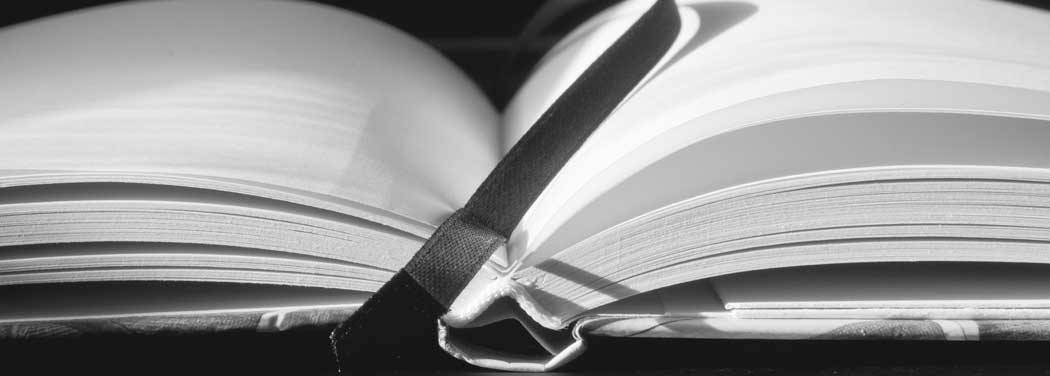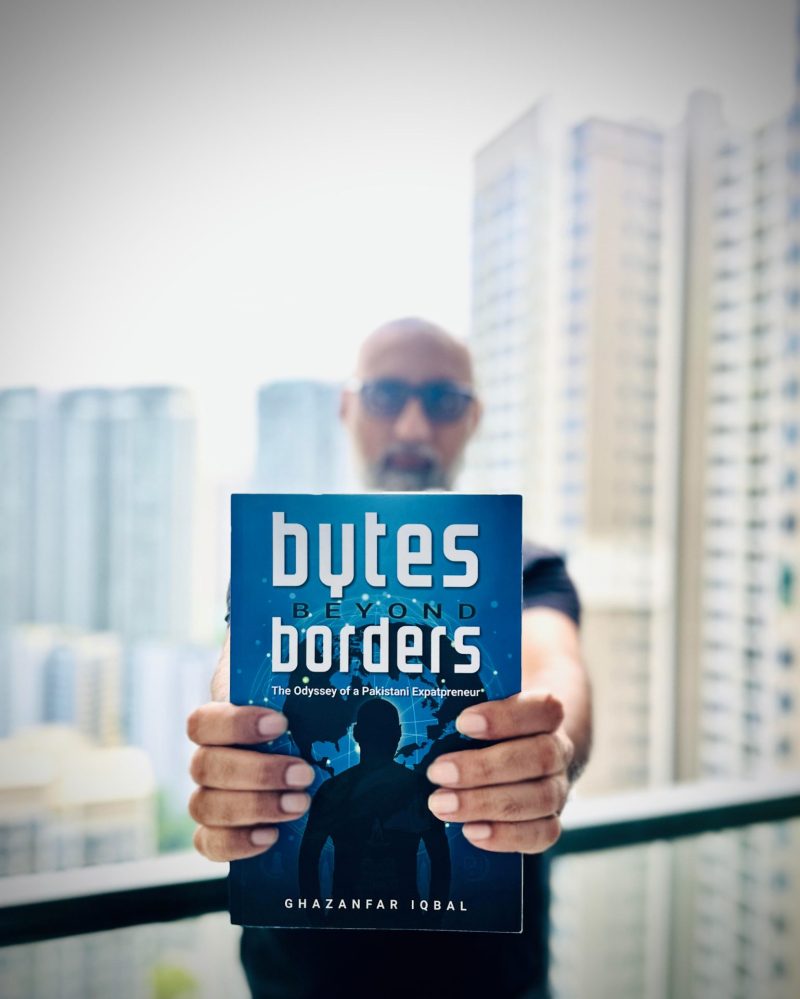Writing a Nonfiction Book for the First Time: Must Dos and Don’ts

If you’re writing a nonfiction book for the first time, you need to know what to do as well as what not to do in order to succeed.
Book writing is a multi-faceted endeavor with a lot of moving parts. The lack of understanding of this complexity is partly at fault for the 97% of people who start books but don’t finish them.
To make sure you become part of the remaining 3%, follow the dos and don’ts shown below to build a strong foundation for a nonfiction book that can be of service to your audience as well as to your business or career.
Do #1: Create a Mind Map of Your Book
Creating a 200-page book from scratch may seem like a daunting task, and it will be if you don’t have a clear roadmap. Willing a book into being armed with laptop and staring at a blank page is one of the most difficult ways to write a manuscript.
Fortunately, as a nonfiction author you don’t have to follow this painful path because you have a secret weapon that’ll make your book come to life organically.
This secret weapon is effective due to a simple premise: your book is already inside of you, ready to be typed out word by word. It’s just sitting in your brain with content based on your many years of professional experience.
All you have to do now is to find the right methodology to download this information from your brain and onto the written page in a structured way. This is where your secret weapon comes in.
This weapon is called the Mind Map, popularized by British author Tony Buzan. This is a simple yet powerful technique for mapping information from your brain onto a chart, in this case the entire structure of your upcoming nonfiction book.
Mind mapping is so effective because it mimics the way your brain stores and retrieves information. How does it work? In simple terms, you begin by writing the main idea of your book in the center of a large piece of paper (or a whiteboard, if one is available).
Then you break down your main idea into its components, and for each one you draw a branch going radially out from your main idea. You’ll draw as many branches as you have components.
Next, you take each component and break it down into its sub-components, drawing sub-branches in the same fashion. If needed, you can repeat this process for the sub-sub-components.
As an example, here’s the mind map of one of Tony Buzan’s nonfiction books:
For detailed instructions on creating your mind map, read this article:
“How to Use a Mind Map to Create a Great Book for Your Business”
Do #2: Create a Book Outline
Once your book’s mind map is drawn, what you have to do next is to turn it into your book outline. This is a simple process that ultimately generates a fully fleshed out table of contents.
In order to create your book, all you have to do is to write prompted by each section and sub-section in your table of contents, and before you know it you’ll have a manuscript on your hands without ever experiencing writer’s block.
For detailed instructions on converting your mind map into a book outline, read this article:
“How to Create a Book Outline Step-By-Step: A Guide for Nonfiction Writers”
Do #3: Write For An Audience of One
If you’re writing a nonfiction book to enhance your business or your career, chances are that you’re writing it to solve a problem for your audience. You’ve been solving problems for clients face to face for years and now you want to expand your reach.
Problem-solving nonfiction books tend to be very personal in nature because they address personal problems. For this reason, your book needs to be targeted to each member to your audience.
Whenever you read a nonfiction book that truly resonates with you, you’ll find that the entire book is actually addressed to “you.” In most cases you even feel a direct connection with the author, as if they know you and have decided to write their book to help you.
This can only be achieved when you use words such as “you” and “your” to address your reader. If instead you address readers as being part of a group (“us”, “we”, “our”, etc.) your message will become anonymous and your connection will get diluted.
Write your nonfiction book as if you were addressing it to each reader individually and your message will be delivered much more effectively.
Do #4: Write to Connect First, Then to Communicate

When you write a problem-solving nonfiction book, you’re doing more than just communicating your ideas or teaching new techniques to your readers. You’re creating a bridge of knowledge between their minds and yours.
The reason you want to build this bridge is that you want to establish a relationship with your readers that’s more than just academic.
You want them to know that you can feel their pain – perhaps you’ve been in their position before – and that you’ll help them overcome it. Your ultimate goal isn’t just to each your readers something new but to entice them to take action.
For this to happen you’ll need to gain their trust. Knowledge without trust leads to suspicion, not action. Write your book primarily with the intent to connect and with the intent to communicate as a secondary goal.
You’ll need to establish these links of trust through:
- Your authenticity: always be yourself in your writing
- Your compassion: make your readers know that you’re on their side and aren’t there to pass judgement on them
- Your selflessness: you’re writing your book as an act of service and you don’t expect anything in return
Then weave your knowledge and your message through this connective tissue. For instance, you could teach new concepts using storytelling techniques or anecdotes from clients that readers can easily relate to.
Do #5: Have Your Manuscript Professionally Edited

Finally, when you complete your manuscript, make sure you hire a competent nonfiction editor to polish it and make it market-ready.
Follow the example shown by accomplished nonfiction authors who still hire editors even after years in the book publishing business.
The thing is, you’re an expert in problem-solving while editors are experts in written communications. These are two very different skill sets.
When you ally yourself with a professional nonfiction editor, you’ll get the best of both worlds: great content and great delivery. And in the competitive nonfiction market this collaboration is critical for success.
As a nonfiction author, you’re expected to be an expert in your field. Therefore, you’ll be measured against a high bar for quality. If you self-edit your book or farm out the job to an English major you risk being perceived as amateurish.
Even if they do a “good” job in your eyes, when compared to the work of expert editors with years in the book business it’ll come across as sub-standard.
Editing is not just about fixing typos and grammatical errors; it’s also about:
- Knowing what works and what doesn’t with nonfiction audiences
- Creating an optimal flow of ideas
- Understanding your readers’ psychology
- Knowing what makes readers engage and disengage
- Knowing how to connect effectively with them
Only experienced professional editors are trained to fulfill all of the above requirements.
Don’t #1: Begin Writing Your Book Before Researching Your Target Audience
Once you decide to write a nonfiction book, it’s very easy to get carried away by the excitement and begin writing as soon as you’re capable of (e.g. once you have a completed book outline).
You have a great idea and you’re certain what you want to write about, so what’s stopping you? The advice from every major nonfiction author!
Never invest time on a book-writing project before you take the time to fully understand your market. Specifically, you need to understand your audience and their needs. Otherwise, you’ll be shooting darts while blindfolded and spun around.
If you’re extremely lucky you may land one dart on the board, but it’ll be a totally random and unrepeatable shot.
Before you put pen to paper, you must first understand:
- Your audience’s likes and dislikes
- Their hopes, dreams, challenges and fears
- What keeps them up at night
Once you get to know your target audience intimately you’ll be able to identify the most pressing problem that your book can help them solve. You’ll also know what to say and what not to say to keep them engaged.
Don’t #2: Write Without a Book Outline
We’ve already stated the importance of creating a book outline before you start writing your manuscript. But this takes a fair amount of effort to achieve and it might be tempting to start writing your book without one.
While you might feel motivated to start writing right away, you’ll find a number of significant roadblocks with this approach.
Some days, you’ll know exactly what you want to write about, while others you’ll come up empty. But writing a book requires consistency day in and day out and it’s hard to write when you’re not inspired.
When ideas simply refuse to come up, you’ll either try to force yourself to write something, which will likely not be your best work, or you’ll end up frustrated and give up for the day, chalking it to writer’s block.
The reason you’ll hit regular “dry spells” is that even though you know that all the information for your book is somewhere in your brain, by using the blank-page approach you’re going about accessing this information the wrong way.
Your brain doesn’t store information sequentially but rather by association, and the most efficient way to retrieve it is by mapping it out on paper using rules of association.
By using the mind-mapping approach, you’ll be able to create a book outline that’ll contain the entire structure of your book.
Once your book outline is completed, you’ll have all the writing prompts that you need to create your entire book without ever experiencing writer’s block.
Don’t #3: Be Inauthentic – Try to Be Someone You’re Not
If you’re a first time author, you may find it challenging to find your voice right away. Unlike working in your business, where you deal with clients face-to-face, writing a book provides you with a shield of anonymity.
At first you’ll be tempted to try to be someone you’re not simply because you don’t yet know how your “written” voice is supposed to sound – this isn’t your default mode of communication.
While this is normal, it’s not conducive to creating a strong connection with your audience. The information in your book may be 100% correct, but your delivery will feel too technical and uninspiring.
What’s the solution? Be willing to become vulnerable in your writing as a pathway to your authenticity. Your audience craves connection because they’re in a vulnerable place, and they need an author who’s willing to be vulnerable as well.
Write from the heart, not the mind, and your message will truly connect with your audience.
Don’t #4: Self-Edit As You Write
For your writing to be fresh and exciting, you need to allow yourself to write from a stream of consciousness. The goal with this approach is to generate as much text as you’re inspired to write, without judging it.
While this style of writing will generate lots of ideas, it’ll be a bit messy as well. But this is a fine trade-off because you want to edit from a position of abundance and not lack. The more information you can produce, the better the final edited product will be.
Having said that, what you don’t want to do is to self-edit as you write (i.e. write a sentence then edit it immediately), because this is highly disruptive to the way your creativity flows.
Creative writing is mostly ruled by the right side of your brain and it requires continuity without interference from your critical left side.
My best advice is to complete an entire section of a chapter before you do any self-editing.
Don’t #5: Write in Isolation
The process of book writing is solitary by nature – it’s just you, your thoughts and your laptop or your notebook. Therefore, it can be tempting to want to write and then rewrite your entire manuscript before showing it to anyone else.
Sometimes this may be motivated by perfectionism – you don’t want to show your writing until you feel it’s ready, other times it may be motivated by self-consciousness – you’ve never written a book before and you don’t feel that your writing is good enough to show to others.
In either case this is a mistake, and the reason for it doesn’t have anything to do with the way you feel about your writing.
If you don’t involve your target audience in your writing from an early stage – even if your writing isn’t your best – you run the risk of creating an entire manuscript that, although on point in terms of content, completely misses the point in terms of audience alignment.
If your audience doesn’t connect with and resonate with your text in its entirety, your book will have a very short life in the market.
The best way to ensure that your book is ideally written for your target audience is to use your network to recruit an advance reader group of people made up of its members.
Every time you finish a book chapter you’ll email them a pdf copy and ask for feedback.
This way you can make the necessary changes in your manuscript to keep your audience engaged as your book develops, without having to backtrack and do major multi-chapter rewrites later on.
Next Steps
Now that you know the dos and don’ts of nonfiction book writing, you’re ready to embark on the exiting world of book publishing To make this ride more enjoyable, I’ve written a companion article that shows you the roadmap you need to follow to go from book idea to printed books: “How to Write a Compelling Book in 12 Steps: A Must-Read Guide for Nonfiction Authors”.
If you enjoyed this article and are in the process of writing a nonfiction book, be sure to check out my free nonfiction success guide, drawn from years of experience editing books for bestselling authors (including a New York Times bestseller) and ghostwriting for CEOs and politicians. Simply click here to get instant access.
Ben
Leave me a comment below if you have any questions or a specific need that I can help you address – I operate an author services firm that specializes in helping entrepreneurs, professionals and business owners who want to publish books as a calling card for prospects, to establish their status as an expert or to just to generate additional leads for their businesses.
Here are some related posts I highly recommend:
How to Grow Your Business Writing a Nonfiction Book
How Long Does it Take to Write a Book to Help Grow Your Business?
The 10 Must-Have Writing Skills for Nonfiction Authors
The 7 Key Rules for Writers of Outstanding Nonfiction Books
Learn 10 Powerful Writing Habits to Fast Track Your Nonfiction Book

Bennett R. Coles is an award-winning author of six books published through Harper Collins (New York) and Titan Publishing Group (London). He is also the publisher at Promontory Press, editor for multiple bestselling authors (including a NY Times bestseller), ghostwriter for CEOs and politicians and the founder of Cascadia Author Services, a boutique full-service firm that specializes in premium author services specifically designed for busy professionals. Our end-to-end services include writer coaching, ghostwriting, editing, proofing, cover design, book layout, eBook production, marketing, printing and distribution.
One response to “Writing a Nonfiction Book for the First Time: Must Dos and Don’ts”
-

I was pleased to open what works in writing books. I have written a book several years ago through Balboa. Joie de Vivre! written in English.
The book is called Racism. I have 23 pages done thus far 8 x11 “approximately a e.g the normal paper size of paper . In my opinion the cover is the most important.I am having the shiny white cover with. a ‘”together we stand” appearance, different cultures.. i am waiting for this cover. . I am easy going, not complicated. I type very fast . My strength is toencourage people to be positive at all times, keep smiling and walking in the rain , freedom to be attitude is within me. And others can benefit. Negativity is poison and prevents a happy feelings ,which in turn lowers the energy level… and the list is long. Everyone I meet, I suggest that they look in the mirror every morning with a huge smile and that is a good way to start the day. Ok. so what is next. If you comment a bit more, i will take it all in which could be the icing on the cake. lolol By the way I am 81 and everyone cannot believe, the bounce, the happy face and the love of life. I feel 40 going on 25 lololol ok..i am looking forward to your reply. have a great day.







Leave a Reply